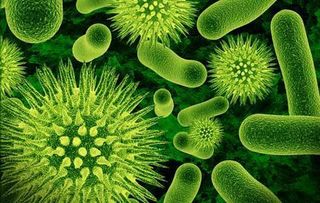Salmonella Outbreak Linked to Cucumbers Sickens 73

An outbreak of Salmonella linked to cucumbers imported from Mexico has sickened 73 people in 18 states, according to an announcement today from the Centers for Disease Control and Prevention (CDC).
People affected by the outbreak became ill between January and April of this year. So far, 14 patients have been hospitalized, but no one has died, the CDC said.
States with the most reported cases include California (28 cases), Arizona (nine cases) and Minnesota, (eight cases.) Cases also have been reported in Colorado, Idaho, Illinois, Louisiana, Massachusetts, Maryland, Nevada, New Mexico, North Carolina, Ohio, Oregon, South Dakota, Texas, Virginia and Wisconsin.
After an initial investigation, the source of the outbreak appears to be imported cucumbers from two companies in Culiacán, Mexico: Daniel Cardenas Izabal and Miracle Greenhouse, the CDC said.
Two-thirds of the 45 patients interviewed by investigators reported eating cucumbers before they became sick. Currently, there's no evidence that the contaminated cucumbers are still being sold in stores, the CDC said. But the agency is blocking cucumber imports from the two Mexico-based companies until they can show that their cucumbers are not contaminated.
All patients were sick with a strain of bacteria called Salmonella Saintpaul. Symptoms of Salmonella food poisoning include diarrhea, fever and abdominal cramps. People typically become ill from Salmonella about 12 to 72 hours after eating food contaminated with the bacteria, the CDC said.
Consumers should wash all produce — including cucumbers — before eating, cutting or cooking, the CDC said.
Sign up for the Live Science daily newsletter now
Get the world’s most fascinating discoveries delivered straight to your inbox.
Pass it on: Salmonella linked to contaminated cucumbers has sickened at least 73 people across 18 states.
Follow Rachael Rettner @RachaelRettner. Follow MyHealthNewsDaily @MyHealth_MHND, Facebook & Google+. Originally published on MyHealthNewsDaily.

Rachael is a Live Science contributor, and was a former channel editor and senior writer for Live Science between 2010 and 2022. She has a master's degree in journalism from New York University's Science, Health and Environmental Reporting Program. She also holds a B.S. in molecular biology and an M.S. in biology from the University of California, San Diego. Her work has appeared in Scienceline, The Washington Post and Scientific American.
